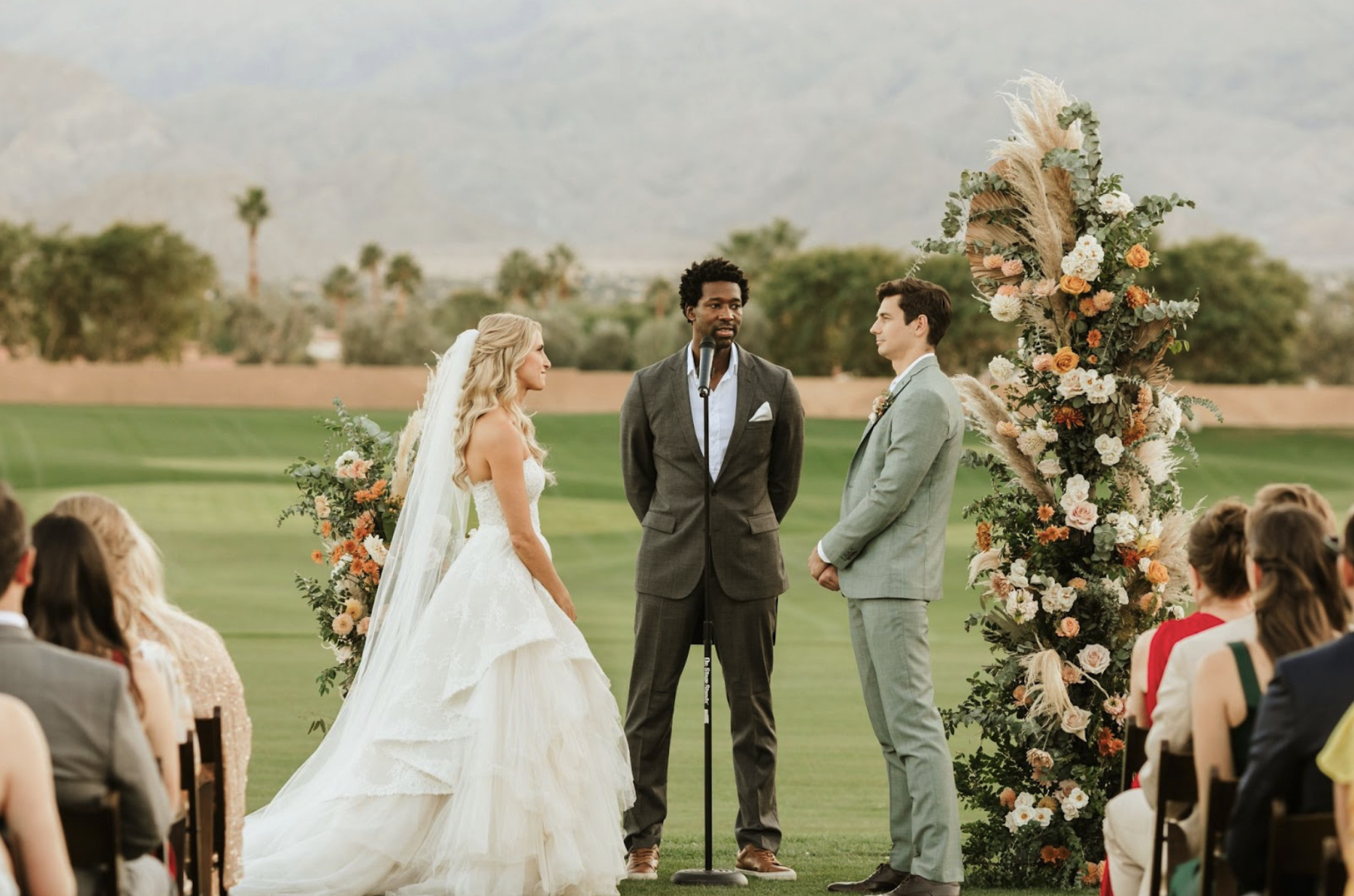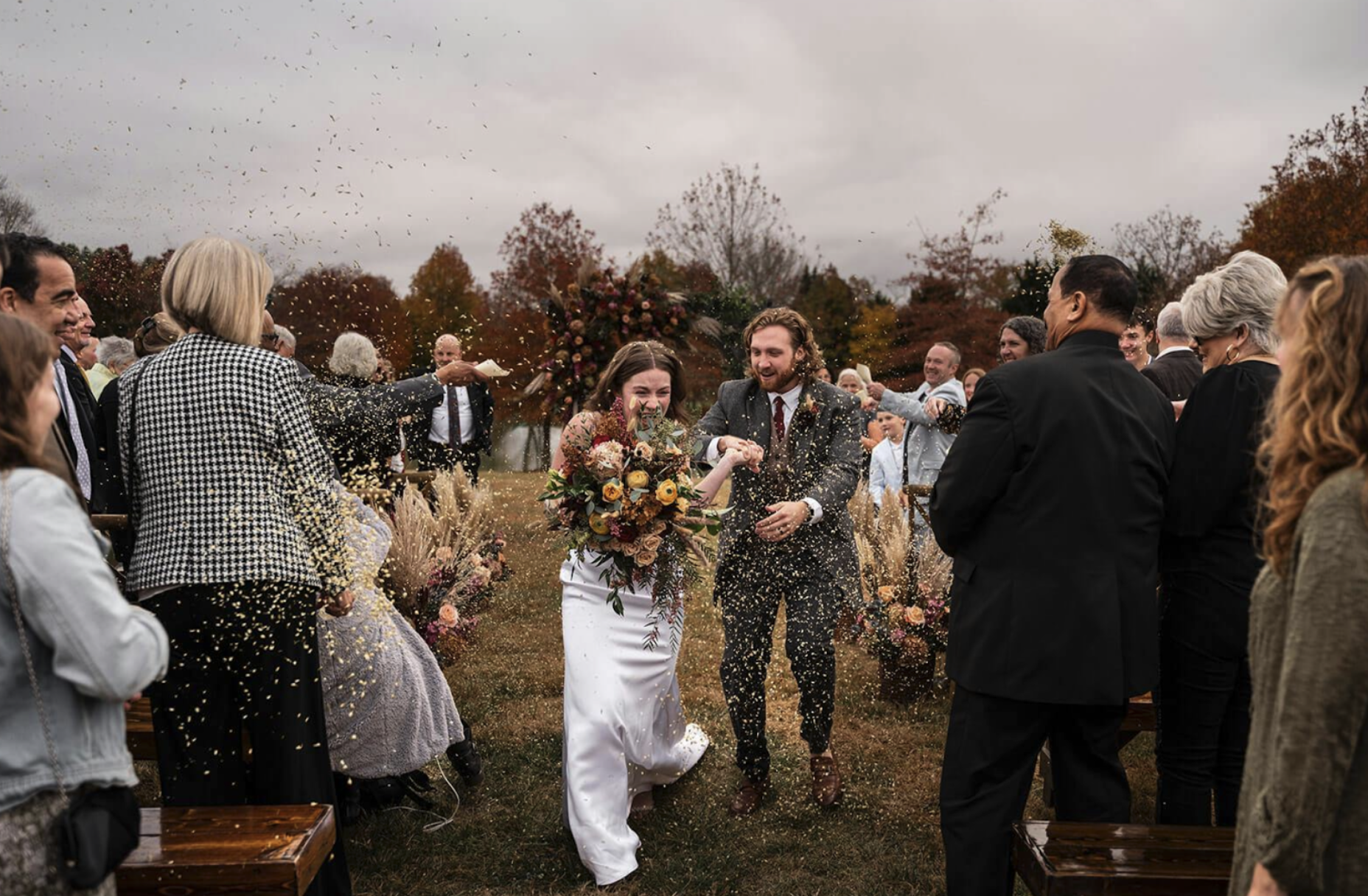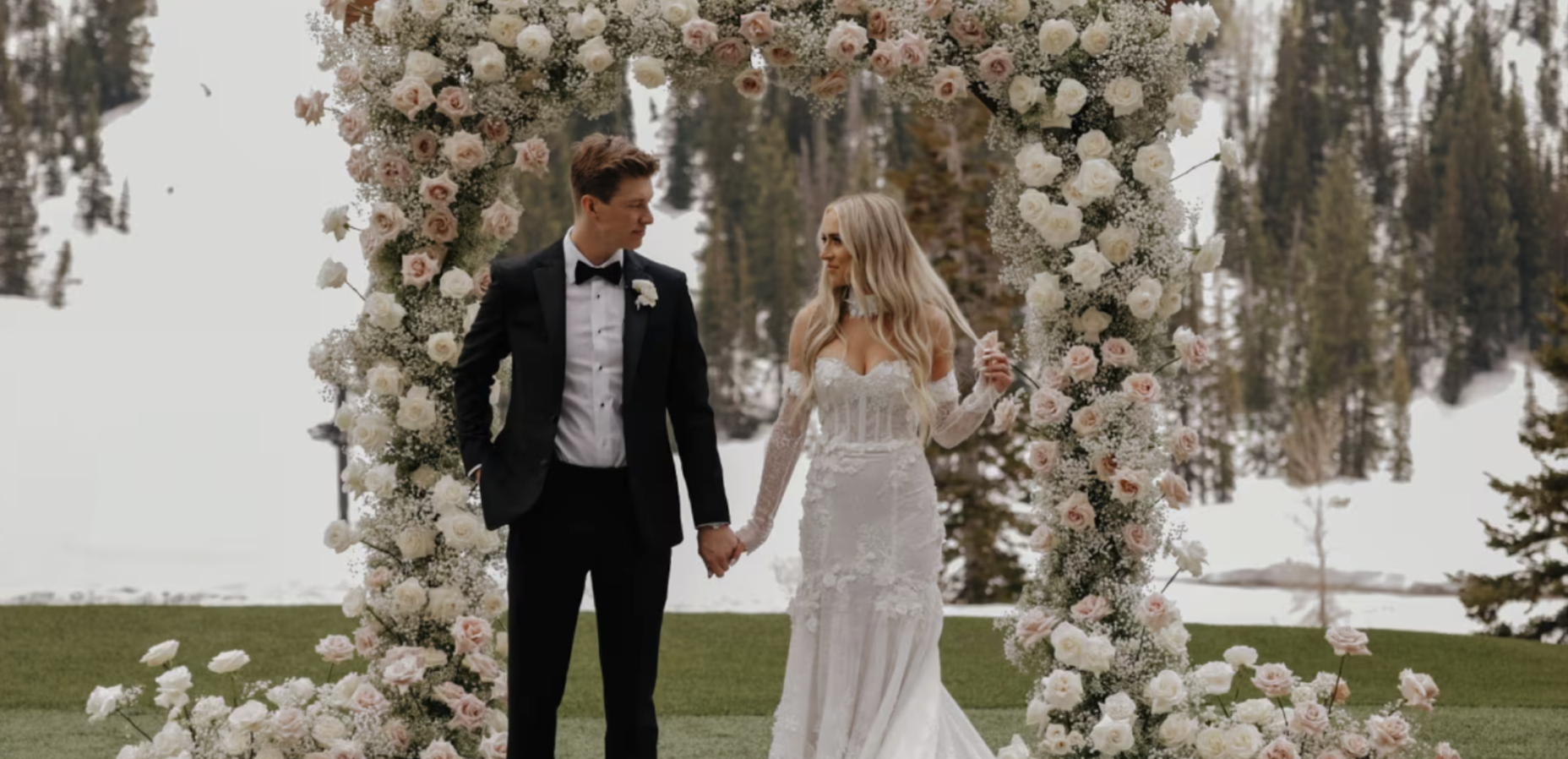How to Approach Detail Shots on a Wedding Day
Featured Photo By: Alex Monette
When people imagine wedding photography, they usually picture the first kiss, emotional vows, or that perfectly timed sunset portrait. But seasoned lead shooters and second shooters know that the details, rings, shoes, florals, invitation suite, and even the grandmother’s handkerchief often anchor the entire wedding day narrative.
Done right, detail shots aren’t just pretty, they’re story-driven, stylistically cohesive, and crucial for publication. So, whether you're a second shooter wanting to impress the lead or an associate shooter polishing your portfolio, this guide will walk you through a thoughtful, professional, and creative approach to wedding day detail photography.
Why Detail Shots Matter
Before we get into the how, let’s talk about the why. Detail shots serve a few key purposes:
Visual storytelling: They fill in the context around the couple’s day, capturing their taste, personality, and priorities.
Vendor gratitude: Detail shots highlight the work of florists, invitation designers, dressmakers, and stylists, and can lead to referrals when shared.
Publication readiness: If your couple wants their wedding submitted to a blog or magazine, editorial-style details are necessary.
According to a 2023 Wedding Wire report, one in three couples say that vendor recommendations from photographers influenced their choices. Delivering great detail shots not only pleases the couple but can also strengthen your professional network.
1. Understand Your Role on the Day
Knowing your role before the day starts is essential, whether you’re a second shooter, associate shooter, or lead shooter.
Lead shooters typically handle the timeline and major shots (ceremony, couple portraits) and direct when and how details are shot.
Second shooters are usually tasked with coverage that complements the lead groom’s details, venue-wide shots, and reception setups.
Associate shooters (often working solo under a studio brand) are fully responsible for all details but may need to match someone else’s editing style.
Pro Tip: Clarify with the lead shooter or studio beforehand: Who is styling the flat lay? Do they want natural light only? Do they have specific shots they expect?
2. Pack a Styling Kit (Even if You're Second Shooting)
Don't show up empty-handed if you're serious about nailing detail shots. Here's a quick packing list of essentials:
ITEMS:
Ribbon, neutral fabric swatches (Adds texture to flat lays)
Ring boxes (neutral + velvet) (Showcase the rings beautifully)
Acrylic blocks (Add dimension or lift to small items)
Lint roller & wipes (Remove dust or smudges from shiny surfaces)
Soft towel (Safe background for jewelry)
Small clamps or putty (Keep things in place without damaging them)
Even if you’re a second shooter, having a few tools of your own shows initiative and can set you apart from other second shooting gigs.
3. Shoot the Details with Purpose (Not Panic)
Let’s break this into key categories and best practices for each:
Bride’s Details
These typically include the dress, shoes, rings, perfume, jewelry, and invitation suite.
Start with the invitation suite as it sets the tone. Photograph it both flat and layered. Include florals or linens that echo the wedding colors.
Use window light soft and directional, is best. Avoid overhead fluorescents if indoors.
Shoot tight and wide, get close-ups of the ring’s setting and wide-angle flat lays that give space to breathe.
Groom’s Details
Yes, these matter too! Think watch, cufflinks, tie, socks, shoes, boutonnière, vows.
Aim for clean, masculine textures, wood, leather, or stone.
Capture everything, both styled and candid (e.g., best man helping with cufflinks).
Ceremony & Reception Details
These often fall on the second shooter’s plate during cocktail hour while the lead is with the couple.
Shoot wide to show layout and atmosphere, then isolate specific elements (table settings, escort cards, cake).
Be mindful of candles, glassware reflections, and mixed lighting. Use lens hoods or polarizers if needed.
Document signage, seating charts, and DIY elements that the couple may have crafted themselves.
Featured Photo By: Sarah Resta
4. Time Management: It’s All About the Buffer
One of the most common mistakes new shooters make? Rushing detail shots.
Here’s how to avoid the scramble:
Ask for 30–45 minutes during prep for styled details (before the bride/groom gets dressed).
Split the tasks if you’re second shooting: One person covers dress and invitation suite while the other does shoes and accessories.
If you're short on time, prioritize what’s most important to the couple, ask them during the final timeline call or questionnaire.
5. Match the Style and Story
If you’re a second shooter or associate, always match the visual tone of the lead shooter or studio.
For example:
Do they shoot with bright whites and pastel tones? Then avoid dark wood surfaces or moody shadows.
Are their images editorial or documentary? Let that guide your composition and editing intention.
Second Society tip: It’s helpful to study the lead shooter’s Instagram or website beforehand to match the vibe.
6. Avoid These Common Detail Shot Mistakes
Even seasoned shooters sometimes fall into these traps:
Over-styling with props. Instead, keep the couple’s items in focus. Use props only to enhance, not overwhelm.
Shooting everything flat. Instead, add angles, layering, and depth with risers or blocks.
Not cleaning surfaces. Instead, wipe mirrors, rings, and any reflective surfaces before clicking.
Forgetting vertical shots. Instead, editors love portrait orientation, especially for mobile and Pinterest.
7. Communication Is Everything
Before the day, get a shot list from the planner or couple if available.
During the day, coordinate with the planner and florist. They often bring a few extra blooms or ribbon scraps that you can use.
After the wedding, share sneak peeks of detail shots with vendors and properly tag everyone. This increases the chances of shares, features, and future referrals.
8. Gear Tips for Detail Shots
You don’t need every lens in the bag, but a few specific tools make detail work easier:
50mm or 85mm prime: Great for clean compositions with dreamy bokeh.
100mm macro lens: Crucial for ring shots or delicate textures.
Neutral reflector: Brightens up details in flat light.
Tripod: Helps when working in low-light indoor spaces (especially for stationary shots like invitations or signage).
9. Build a Detailed Portfolio That Gets You Hired
Lead shooters on Second Society often book second shooters based on how they capture the in-between and the details. That’s because:
Great detail shots show your eye for composition, story, and styling.
They prove you’re not just reacting, you’re planning and observing.
They help fill editorial galleries, essential for couples who want their weddings published.
So if you’re working on becoming a second shooter or moving up to lead shooter, spend time refining how you approach the quiet, beautiful moments most guests don’t even notice.
10. Use Detail Shots to Strengthen Vendor Relationships
Want to get recommended more often? Send galleries that include high-res, well-composed detail shots of:
Florals
Cake
Stationery
Rentals / Decor
Favors
Tag them when you post and email them the files. It’s low effort, high reward.
Featured Photo By: Aly Sanders
Final Thoughts: It’s Not About the Stuff—It’s About the Story
Detail shots are not just about capturing pretty things; they’re about honoring the couple’s choices and telling a whole story.
So, whether you’re second-shooting your first wedding or leading your fiftieth, give the details the love and attention they deserve.
Ready to Book More Weddings? Join the Second Society Community
Let Your Detail Shots Speak for You
If you're looking to book more gigs as a second shooter, associate shooter, or even land lead roles, having strong detail shots in your portfolio is a powerful way to stand out. On Second Society, couples and studios search daily for creatives to capture the big picture and the little ones.
Build your profile. Get discovered. And find your next favorite wedding gig in seconds.



